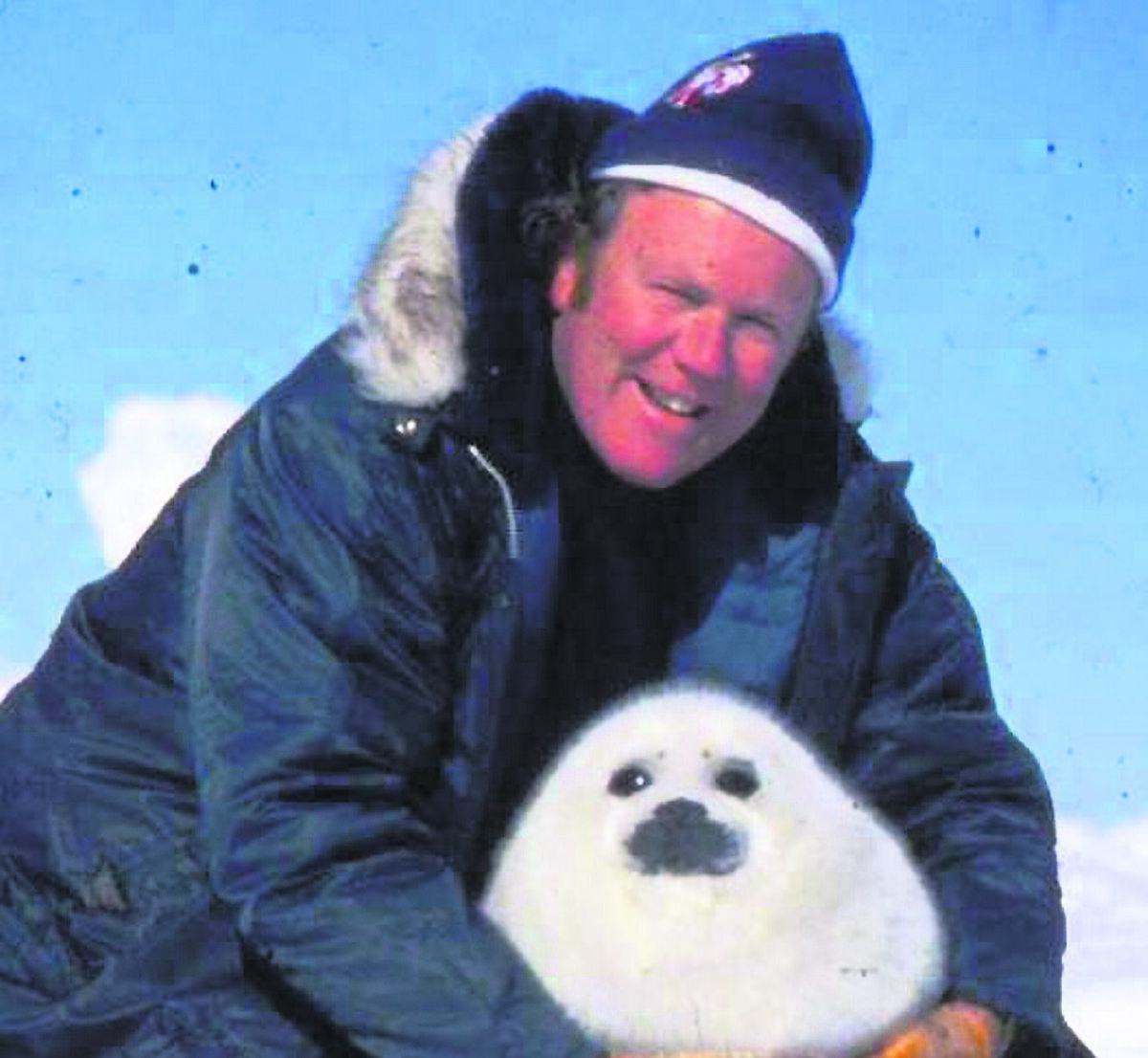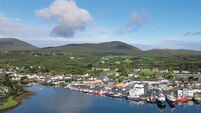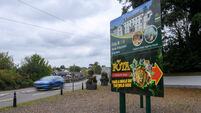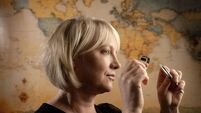Fergus’ heart melted by seal pups in the icy cold Antarctic

Fergus O’Gorman.
FERGUS O’GORMAN had an affair in the Antarctic.
When that finished he headed to Cork and joined the staff of UCC as a lecturer.
He liked the time he spent in Cork, before becoming Head of Research at the Irish Wildlife and National Parks Division in the then Department of Lands and Forestry in Dublin.
“Cork is a nice place, close to the sea, lots of marine advantages and nowhere as cold as Antarctica,” he says.
In 1976, he started writing a book about his experience in that cold region, where an assignment of three years makes him, he claims, “the only living Irishman, with Cork connections, to have wintered in the Antarctic.”
Polar explorer, Corkman Pat Falvey, describes Antarctic Affair as a “fantastic story of a personal journey.” It took Fergus O’Gorman quite a long time to finish his book, which he sent me recently.
At Christmastime and New Year, following the very cold spell of the last few weeks when all about us there are scenes of snow, whether artificial or real, the book’s cover picture of him cuddling a white fur seal intrigued me.
I had to meet him and hear first-hand about his life with the FIDS (the Falkland Islands Dependency Survey) in Antarctica where, at the age of 23 in the International Geophysical Year of 1957, he arrived in that cold region with a bang.
The RSS (Royal Research Ship) Shackleton, known to those aboard as ‘The Shack’ made quite an impact when it arrived in the cold, windswept Falkland Islands with Fergus as a FIDS novice. That mostly involved the pier at Port Stanley.

“A number of people were knocked off their feet when The Shack made a significant dent to the jetty,” Fergus recalls.
“Captain Norman Browne was not popular with ‘the brass’ waiting to greet us. A further incident later, involving a near-sinking in the ice in the South Sea, heralded an end to Norman’s time in the Antarctic.”
The FIDS was the original name of the British Antarctic Survey. Fergus had applied to it for a job as a glaciologist. However when interviewed, he found it was for a post as a meteorologist. He didn’t succeed in getting either, but was offered and accepted a position as a research biologist.
He would spend three years in Antarctica, starting in October 1957 when he left Southampton aboard the RSS Shackleton.
“I was following the footsteps of two other Irishmen, Ernest Shackleton and Tom Crean.”
After the encounter with Port Stanley’s pier, the FIDS Team headed for South Georgia, then the headquarters of a bloody whaling and sealing industry.
Two-and-a-half-hours after dropping Fergus and his companions on Powell Island, the Shackleton nearly sank and he was the subject of a banner headline news story in The Sunday Independent.
“She hit an ice floe and would have gone down but for heroic efforts by two sailors who went over the side into the freezing waters to stick a patch on the 16-foot-long tear in the hull.
“The banner headline in the paper said ‘Irishman in Antarctic Drama’ and I wasn’t even aboard then.”
His task in Antarctica was to survey the nearly extinct Antarctic Fur Seal.
“I hardly knew what they looked like. The only live seals I’d ever seen were in Dublin Zoo. But for the first time during my research work, I was standing not two yards from a somnolent seal snoozing away on a pebble beach. It was love at first sight on a windswept, snow-covered island.
“I reached out and gently touched its fur which was soft, sleek, oily. I gently stroked its side a couple of times.
“The upper eye flickered open, the nose lifted up and it looked at me over the top of its head. There was instant panic for me.
“Grunts from it were followed by a chattering of its jaws, the clicking and clashing of its teeth and a rumbling warble deep in its throat. To my relief, it headed off for the sea. Without a ripple it disappeared into the dark blue depths. I had ruined its nap!”
Later he would do things better.

“After some practice I could lie down beside the seals for the survey and stick a thermometer into all sorts of places without causing a stir. I could approach any animal, any bird and touch them without, in most cases, causing anything other than a somewhat startled look.”
There were, however, different experiences — with the ‘Stinkers’ (Giant Petrels) and with the birds the FIDS called ‘Paddies’ — with the Cape Pigeon, “the prettiest of southern seabird”, he says.
He observed whales and, on a small open boat with an outboard engine the only power, made challenging sea journeys.
Even though he was part of a team, isolation was an issue; to relieve it, he found “waddling nuns”.
“Several times during the years in the icy wastes my sanity was saved by the ‘Sisters of the Order of the Adélies’ on Gourlay Peninsula. I would head there if I was in need of peace and freedom.
“It required several hours of hiking. The sight of miniature black and white figures trudging up the slope from the sea put a smile on my face. They were like waddling nuns in black habits and starched white fronts.”
This was the biggest Penguin rookery in the Antarctic and that observation, he told me, was made as “a good Catholic God-fearing boy!”
Antarctic Affair, written by Fergus O’Gorman has emotion, poignancy and stories of life and death amongst humans and wildlife, a gripping read.
He now lives in Dalkey, Co Dublin but has been back to Cork often. He hopes to be here again in the future, as he told me, he gives lectures around the country about his polar affair.
- Email: tommacsweeneymarine@gmail.com
- My Maritime Ireland Podcast is at: maritimeirelandradioshow.ie
More in this section







 App?
App?


